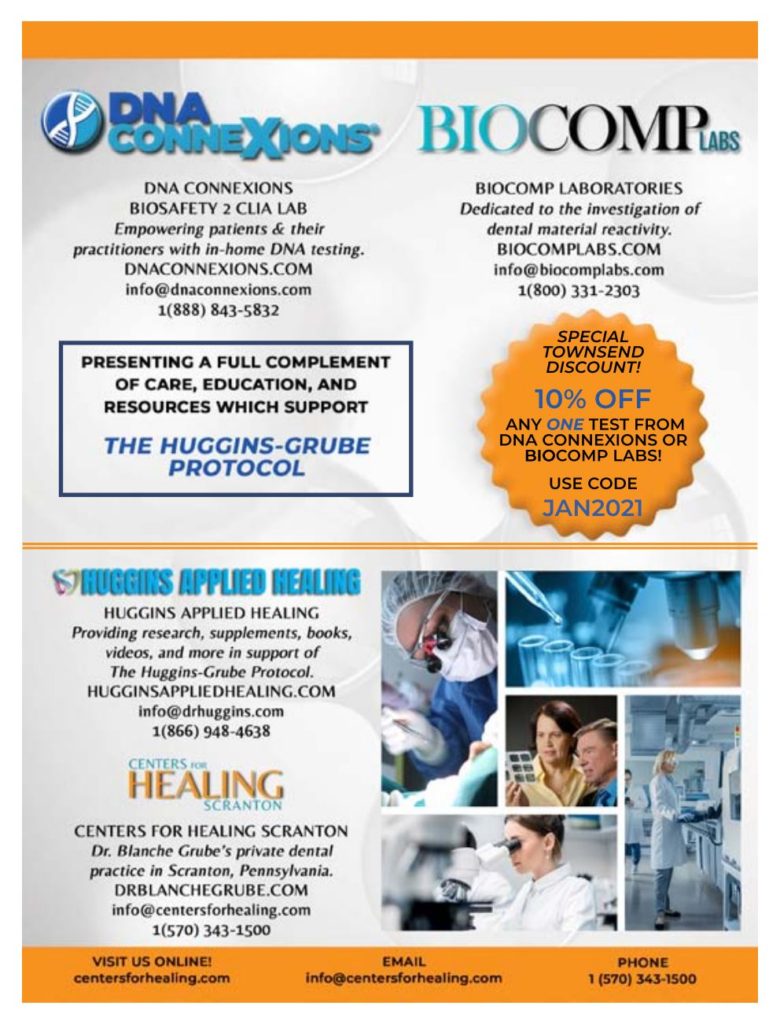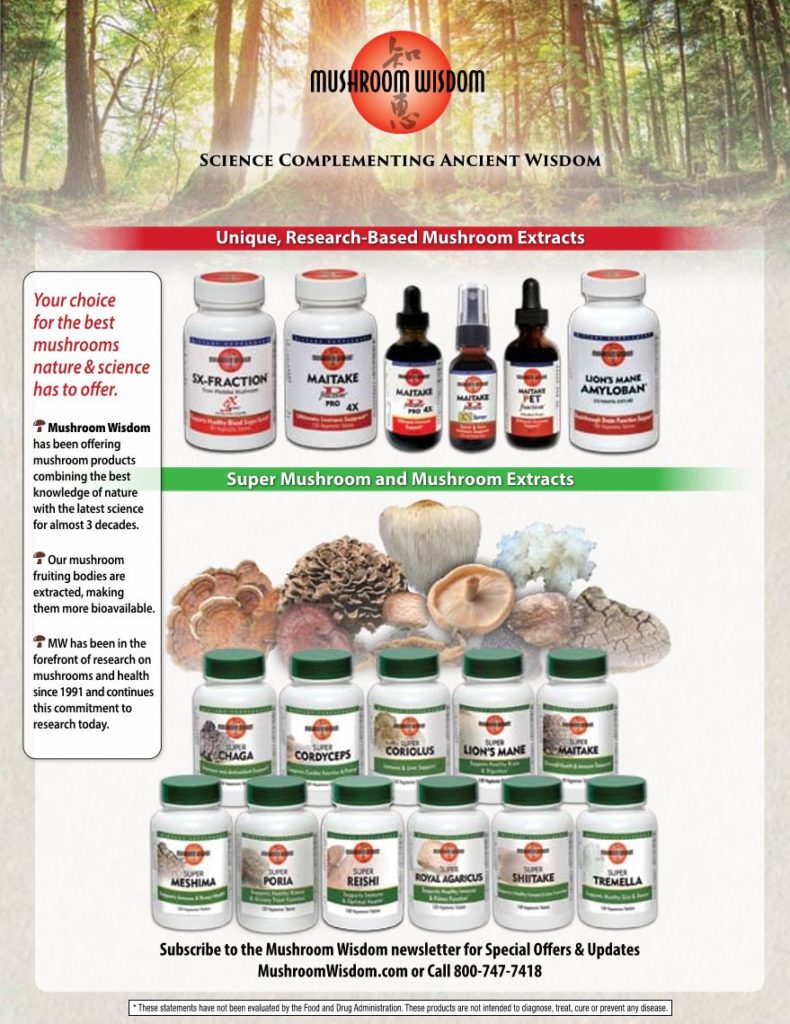By Leslie Douglas, PhD, Blanche D. Grube, DMD, and Anita Vazquez Tibau
Introduction
The impact that oral health has on whole body health is no longer a question; in fact, over 100 systemic diseases have been linked to poor oral health.1 According to the World Health Organization (WHO) almost half of the global population has an oral disease of some kind.2 Oral diseases include dental decay, gum disease, and oral cancers. While oral diseases are largely preventable, tooth decay is the most common disease globally.3 What are now accepted as causative factors of oral cavities include oral microorganisms, oral environment, host, and time.4
The Center for Disease Control (CDC) has stated that periodontal disease affects almost 50% of those over 30 years old, and over 70% of those over 65 years old in the US. Statistically, periodontal disease is more common in men, those who are below the poverty level, those with less than a high school education, and current smokers.5 Observation of oral microbiota is a major indicator for the occurrence, development, and prognosis of disease. Oral bacteria can be used as a biomarker to potentially measure disease risk.6
In the early 1980s, Kary Mullis, invented the polymerase chain reaction (PCR) method. This groundbreaking discovery led him to receive the Nobel Prize in chemistry, in 1993.7 The use of PCR technology has become a mainstay in many disciplines and has been utilized in dentistry since its early stages. For example, in 1993 PCR was used to identify the periodontal pathogen Porphyromonas gingivalis in oral plaque samples.8 Porphyromonas gingivalis has been linked to various pathologies such as rheumatoid arthritis, cardiovascular pathologies, and neurodegenerative pathologies.9 Additionally, in 2005, open-ended PCRs were employed for genome mapping of the complete bacterial spectrum, leading to the development of the Human Oral Microbiome Database and CORE database.8 In forensics, PCR is able to make identifications utilizing dental DNA, owing to the stability of teeth in either extreme temperature changes or decomposition.10 PCR uses in dentistry include the following:
- Detection of periodontal pathogens,
- Detection of cariogenic pathogens,
- Detection of microorganisms involved with endodontic infections,
- Detection of viruses present in host cells: To detect human papillomavirus, hepatitis C virus, and other possible virus involvement in the etiology of periodontal disease,
- Detection of useful markers in diagnostic and prognostic of certain types of oral cancer,
- Quantitative estimates of various microorganisms.11
According to Levy, the principle source of chronic degenerative disease starts in the oral cavity as follows:
- Root canal-treated teeth (always chronically infected),
- Other chronically infected teeth (often asymptomatic),
- Chronic periodontitis (gum inflammation and infection),
- Cavitational gangrene, at the sites of old extractions,
- Chronically infected tonsils, secondary to the chronic drainage of infected teeth,
- Infected dental implants, and
- Toxic metals, like mercury and nickel (not necessarily associated with infection).12
There is an abundance of bacteria found in all oral tissue, the most common being various Streptococcus species (oralis, mitis, and peroris).13
Oral streptococci are deemed an early colonizer representing over 80% of the initial makeup of oral biofilm, which can influence the health or disease of its host. Oral streptococci are divided into five different groups:
- Mutans group (prominent members are Streptococcus mutans and Streptococcus sobrinus),
- Salivarius group (Streptococcus salivarius),
- Anginosus group (Streptococcus anginosus and Streptococcus intermedius),
- Sanguinis group (Streptococcus sanguinis and Streptococcus gordonii),
- Mitis group (Streptococcus mitis and Streptococcus oralis).14

Many of these organisms from these five different groups have been discovered in the oral samples sent for PCR testing from patients who were suffering from the symptoms caused by these exact microorganisms.
A 2006 study by Nakano et al, discovered Streptococcus mutans was often identified in the heart valve (69%) and atheromatous plaque (74%) specimens, noting that Streptococcus mutans may be a causative factor of cardiovascular disease.15 Actinomyces are responsible for the development of dental plaque. These bacteria circulate into the intestinal tract and interact with other microbiota. These are a factor in assorted alimentary tract diseases such as inflammatory bowel disease and celiac disease.16 Lu et al. found that Prevotella intermedia presented in higher levels in gout and hyperuricemia patients. This Prevotella intermedia orignates in the oral cavity.17 The bacteria linked to periodontal health are Streptococcus, Granulicatella, Neisseria, Haemophilus, Corynebacterium, Rothia, Actinomyces, Prevotella, and Capnocytophaga.13 As mentioned above, Porphyromonas gingivalis was identified in the early use of PCR. Porphyromonas gingivalis is found in chronic periodontitis and has also been identified as a significant risk factor for developing Alzheimer’s disease.9,18
Capnocytophaga species are deemed to be an opportunistic pathogen originating in the oral cavity. Capnocytophaga species have been found in many infections of immunocompromised hosts, including lung infections, cancer, bone infections, endocarditis, and sepsis in newborns.19
A paper by Yang et al. found that even though Corynebacterium sp is considered normal respiratory flora, it has been implicated in pneumonia, and may be more prevalent than previously thought. 20
Fusobacterium nucleatum is a Gram-negative anaerobe found in the oral cavity; however, in disease states, it becomes dominant and can disseminate throughout the body. Fusobacterium nucleatum has been linked to the following:
- Oral infections (aggressive periodontitis, gingivitis, endodontic infections),
- Adverse pregnancy outcomes (chorioamnionitis, preterm birth, stillbirth, preeclampsia),
- GI disorders (colorectal cancer, inflammatory bowel disease, appendicitis),
- Other conditions (atherosclerosis, cerebral aneurysm, Lemierre’s syndrome, respiratory tract infections, organ abscesses, rheumatoid arthritis, Alzheimer’s).21






